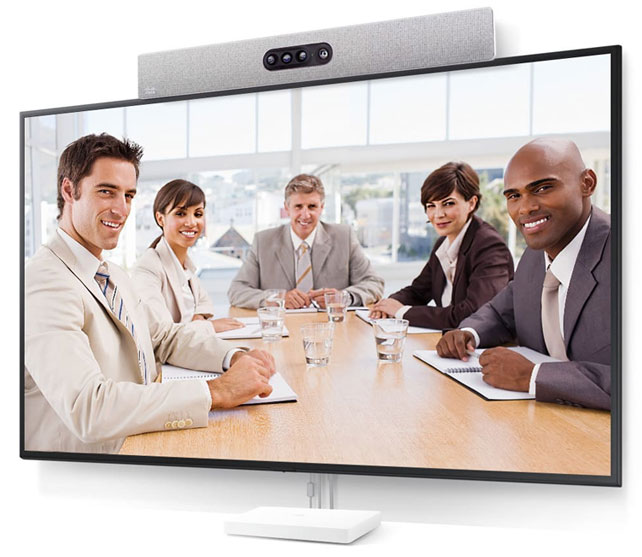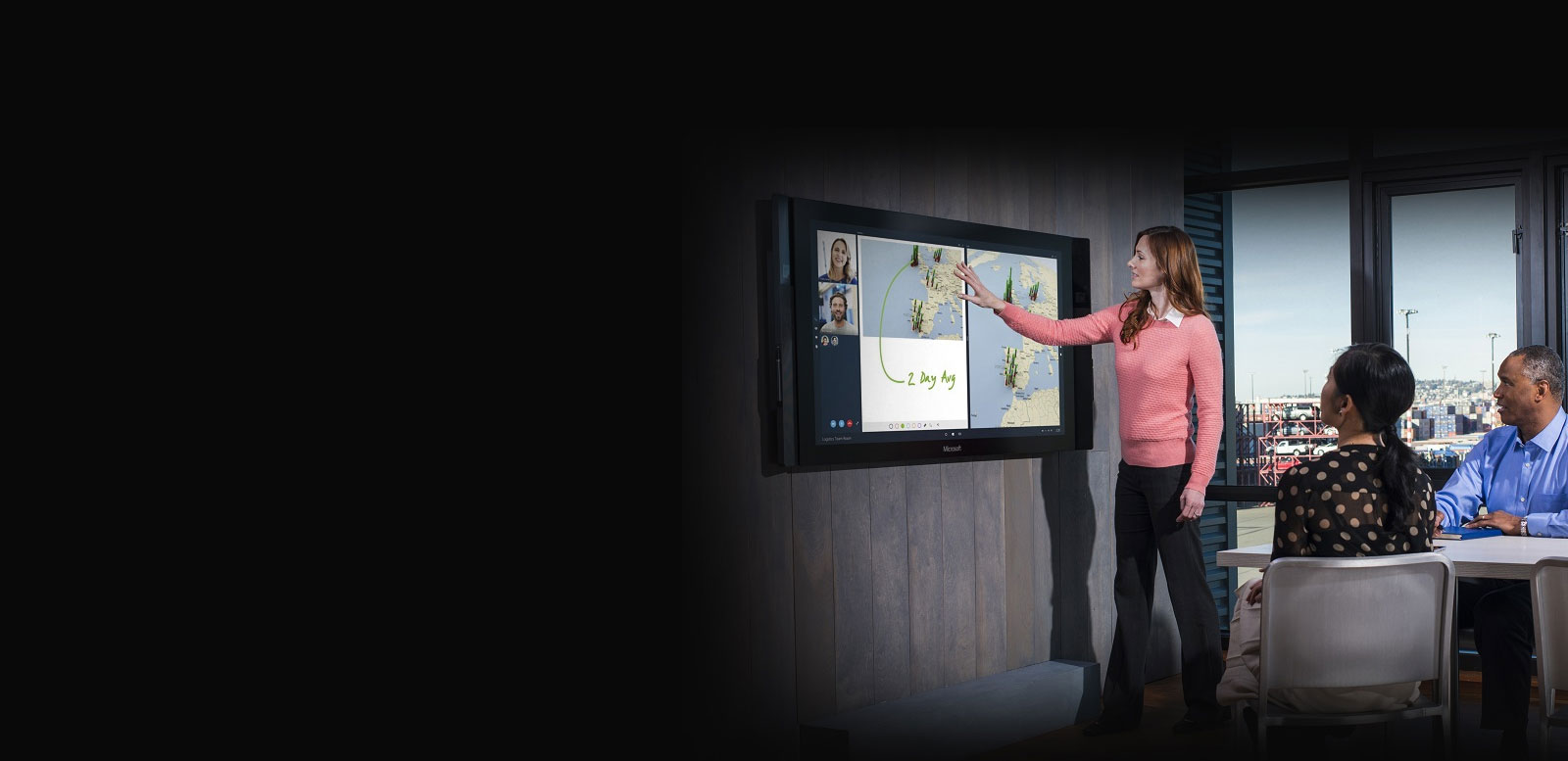The use of video conferencing in the workplace has soared. The shift to a flexible remote/hybrid work model has brought the use of remote working tools to the forefront. However, there are challenges to face.
To maximise the benefits of a remote workforce, the tools that facilitate have to be flexible and easy to use. Video conferencing is one such tool that can greatly enhance remote work when used effectively.
At THINK, we use the latest tools and innovations to help your organisation get the most from their video conferencing. Everything from webinars to virtual office parties is at your fingertips. Here, we discuss how organisations can use video conferencing to its fullest potential.
How Video Conferencing can be Used to Support Remote Work
Of the suites of tools that support a remote workforce, one of the most powerful is video conferencing.
The figures speak for themselves – According to a report published by Statista, the worldwide market value for video conferencing is expected to almost double from $14.6 billion in 2021 to $27.3 billion in 2026.
The improvements in video conferencing systems are also helping to drive this growth surge. Modern and innovative audio-visual solutions are facilitating easy and effective remote communication and video conferencing.
But are organisations unlocking the true power of videoconferencing? Listed below are some of the ways that businesses are making the most out of their videoconferencing solutions.
1. Teamwork and Collaboration
One of the critical aspects of a successful “remote working model” is to ensure that methods that facilitate teamwork and collaboration are built into the core of the model.
Collaboration between team members is something that has existed since the dawn of time. But, the remote working model removed many of the “face-to-face” interactions that have been a critical aspect of teamwork.
From informal chats at the coffee machine to formal daily meetings, many of the mechanisms that traditionally promoted teamwork are removed or reduced in remote working.
Organisations that have successfully made the transition and kept teams collaborating are more often than not using video conferencing to support the teamwork ethos.
Here are just a few of the ways that video conferencing can enhance teamwork and collaboration in a remote workforce:
- Morning Check-in – Many organisations are using video conferencing solutions to run morning check-ins. These are often a mixture of formal and informal segments and allow team members to “network”. This is an important factor in collaboration and one that is easily overlooked in a remote working model.
- Replace Traditional Meetings – Meetings are another driving force behind great teamwork. Video conferencing allows this critical collaboration tool to keep functioning despite a remote workforce.
- Record Meetings – The ability to record and replay meetings is one of the big benefits of video conferencing. This has many benefits, including freeing up time by negating the need for repeat meetings, allowing remote employees to refer back to meetings, and is also incredibly useful when working across time zones.
Keeping teams communicating effectively is one of the great challenges of remote working. Video conferencing enables this easily.
2. Video conferencing has Changed the way Human Resources Operate
In the traditional job market, one of the limiting factors when searching for new talent was geography. The net could only be spread so wide without looking at offering relocation packages and other enhancements to attract quality staff.
With video conferencing, organisations are now free to utilise talent from all over the world. With no travel and logistics to factor in, the power of video conferencing allows organisations to accept applications and attract top talent quickly and easily.
Many organisations are also employing video conferencing to provide pre-recorded assessments. This is an equivalent of a digital CV and can be used to vet potential employees and create effective applicant shortlists.
Video conferencing interviews save time and money. Additionally, the lifting of geographical constraints also opens up the availability of a wider talent pool.
3. Video Conferencing Simplifies the Process of Onboarding
The HR benefits don’t stop at the candidate selection process. Once talent is hired, video conferencing can effectively be used to integrate new employees into the organisation.
A well-planned onboarding process is critical for new employees to settle quickly, feel included, and begin to make meaningful contributions. In other words, successful onboarding is good for the employee and the employer.
Below are some examples of how video conferencing can smooth the onboarding process:
- Workplace Guides – Create a list of FAQs that new employees tend to ask and create videos that address them. This could be things like how to log in to various servers, what tools and processes the organisation employs, and how to set up a work email address.
- Introduction Videos – These can be used to explain everything from the philosophy and goals of the organisation to more specific items like leave entitlement and benefits.
- Troubleshooting Guides – Creating a series of troubleshooting guides that address common issues allows new employees to solve problems without adding to existing workloads.
The flexibility of video conferencing is one of its greatest attributes, and its capability of streamlining the onboard process is a true testament to its versatility.
4. Maintaining a Happy and Healthy Workforce
There is no doubt that there are many advantages to remote working. But, it isn’t quite the utopic solution that many of us believed it would be. According to this article by the BBC, 80% of remote workers feel that working from home has harmed their mental health.
While several steps can be taken to ease the stress on staff, video conferencing can play a major part in promoting a healthy workforce. One of the major factors influencing the mental health of employees is the feeling of a “lack of inclusion.”
Basically, workers can be left feeling shunned and disassociated from their colleagues and managers. Video conferencing can be a valuable asset with a big role to play in negating this effect.
By bridging the “social vacuum” that remote working can bring about, video conferencing can promote a happier, healthier, and more productive workforce.
5. Improving Training and Development
How we work is evolving more rapidly than at any time in recent history. To thrive in such a rapidly changing work environment, employees’ skill sets need to evolve at the same rate.
Class-based training using physical locations has been the traditional way that organisations have addressed their training needs. However, with a remote workforce, this can be excessively time-consuming and costly.
Once again, video conferencing offers a perfect suite of tools that can slash training and development costs. Video conferencing makes it easy to organise live training events, but it can also be used to create immersive education videos that can be rolled out to staff members as required.
The benefits of video conferencing as a training tool are multifold:
- Basic skill training videos
- Customer service and sales training videos
- Live and evergreen webinars
- On-demand training sessions
Training is critical for any organisation, and without the proper tools, this is one of the most challenging aspects of a remote workforce. Video conferencing suites make it easy.
THINK: Elevating Video Conferencing to New Levels
At the heart of effective remote working models are a communication backbone and the right tools to turn virtual interactions into productive and engaging experiences.
With our cutting-edge video conferencing solutions, THINK can elevate video conferencing to new levels by:

- Enabling real-time collaboration: THINK solutions empower teams to collaborate seamlessly. Our solutions enable easy file sharing, co-editing of documents, and brainstorming ideas in real-time, fostering productivity and creativity.
- Facilitating interactive meetings: THINK goes beyond traditional video conferencing by offering interactive features such as virtual whiteboarding, live polling, and breakout rooms.
- Enhancing visual presence: With high-definition video and advanced camera technologies, THINK ensures that participants feel connected and present in the meeting, regardless of their physical location.
- Integrating with popular tools and platforms: We understand the importance of seamless integration with existing workflows. THINK easily integrates with popular productivity tools, project management software, and communication platforms.
- Delivering superior audio quality: Crystal-clear audio is crucial for effective communication. THINK leverages advanced audio technologies to deliver exceptional sound quality for clear and immersive conversations.
Think Video Conferencing Is Difficult? THINK Again
The rapidly changing face of the way we work has changed many of the “norms” that traditional workplaces have relied on to function. The move to a remote workforce has created a unique set of challenges.
Video conferencing can play a large part in addressing these challenges. But it is far more powerful than just a band-aid for the problems that remote working can cause. It is a money and time-saving tool that can simplify teamwork and boost employee mental health.
For companies that want to make a successful transition to a remote or hybrid working model, a video conferencing solution should be at the top of any to-do list.
THINK can provide modern video conferencing solutions that incorporate the latest innovations in video conferencing, call us today to find out more about how video conferencing can enhance remote work.

